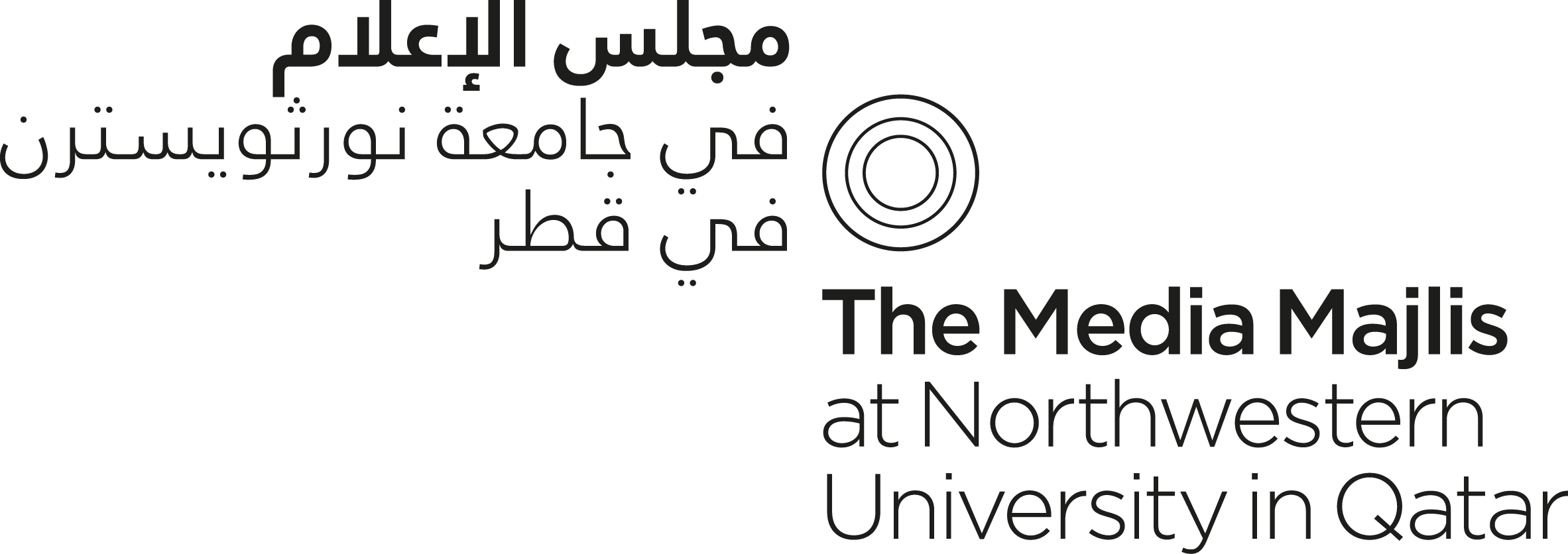The Adventures of Prince Achmed
1926
Lotte Reiniger and The Adventures of Prince Achmed
The full-length animated film The Adventures of Prince Achmed (1926) is featured in the exhibition Arab Identities, images in film. Here Professor Scott Curtis answers our questions on this ground-breaking film, its importance and impact.
__I’ve never heard of Lotte Reiniger or The Adventures of Prince Achmed—can you bring me up to speed?
Lotte Reiniger was a German animator who was especially adept with scissors and paper. She made over 50 silhouette films, in which she animated her elaborately designed paper cut-outs against a lightbox, so that they appeared to be shadow figures. The Adventures of Prince Achmed is one of the more famous examples of her extraordinary technique; released in 1926, it was also one of the very first feature-length animated films, well before Disney’s Snow White and the Seven Dwarfs (1937), which is often said to be the first.
__So, this is a silhouette animation—what does that mean? How is it made, and how long did it take to make?
As with any animated film, silhouette films are photographed movement by movement. But instead of drawings, she used marionettes made from black cardboard and thin lead; every limb was cut separately and joined with wire hinges. The backgrounds were also cut with scissors, but some from translucent paper to give the effect of layers. The background and figures were arranged on a lightbox with a camera overhead. Each position of a given figure along an arc of movement corresponds to one or two frames of film; at 24 frames per second (the standard projection speed), one minute of film could comprise as many as 1,440 separate movements, or between 50,000 and 93,000 for 65 minutes, the duration of this film. The film took three years to complete, between 1923 and 1926.
__Why is there so much fascination about Reiniger and this piece of work with filmmakers, theorists and academics? What is the historical significance?
Her silhouette technique is fairly unique and certainly unsurpassed, so this film is an unparalleled example of this form of animation, not to mention its ambition as a feature-length animation at this time. Female directors/animators were especially rare during this era, even into the 1970s; Reiniger is an important figure in film history for that reason alone. But her connections to famous names in theatre and film, especially her collaborations with avant-garde filmmakers/animators, some of whom (such as Walter Ruttmann and Berthold Bartosch) contributed to the film, also place her at the center of the German cultural scene during the Weimar Republic. Finally, to achieve certain techniques, she and her small crew also fashioned an animation stand with multiple planes, above which stood the camera, thereby anticipating Disney’s famous multiplane camera of 1937.
__She sounds pretty influential—what other moving images do you think she has influenced, perhaps even unknowingly?
Any silhouette film since Reiniger’s first short film in 1919 owes its inspiration at least partly to her work, from Tony Sarg’s Almanac (USA, 1921–23) to Michel Ocelot’s Tales of the Night (France, 2011). Paper cut-outs serve as the basis for many animated films, even if they are not in silhouette; Norman McLaren’s Le merle (Canada, 1958) remains a great example, as does Eugene Fedorenko and Rose Newlove’s Village of Idiots (Canada, 1999). So, her influence on animation history is considerable. And, of course, this film is one of the earliest adaptations of One Thousand and One Nights; it might have had some impact on subsequent cinematic retellings.
__Oh, so is this film an adaptation of One Thousand and One Nights? How does it compare?
Reiniger did not adapt any particular story from One Thousand and One Nights. Instead, she took some common motifs from the tales, such as wizards and sorcerers, flying horses, magic islands, fanciful birds, etc.—elements which, as she put it, “were especially suitable for fantastic animation”—and put them together into a scenario of her own creation. It has much in common with its source material, but the adaptation is not direct.
__Honestly, what impact do you think this film has on portrayals of Arab identity, both contemporaneously and today? How do you use it to teach your classes?
The film’s visual design is perhaps its most influential aspect with regard to Arab identity. Yes, the film features conventional portrayals of pompous Grand Viziers and evil wizards, but this is nothing really specific to the Arab world, narratively speaking. However, the design of the film and its influence in disseminating certain visual motifs—as in the costume design or the shape of domes, archways, and other architectural features—has been significant. Contemporary Arab animators, such as Sulafa Hijazi, also incorporate such design elements to convey a specifically Arab identity to their narratives. But the value and persistence of such visual motifs—to indicate “Arabness” for the Western world, especially—is perhaps this film’s most enduring legacy.
__Scott Curtis is Associate Professor in Residence at NU-Q, where he teaches film history and the history of animation. His edited collection, Animation (Rutgers University Press, 2019), examines different methods of production throughout the history of American animation.





